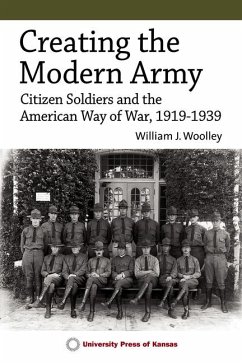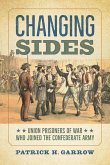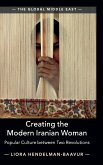"The modern US Army as we know it was largely created in the years between the two world wars. After World War I, officers in leadership positions were increasingly convinced that building a new army could not take place as a series of random developments, but was an enterprise that had to be guided by a distinct military policy that enjoyed the support of the nation. William J. Woolley argues that the key to the modernization of the army in this period was the National Defense Act of 1920, which provided a blueprint for desired change and demonstrates that the transformation of the army was due to four elements: the creation of the civilian components of the new army (the Citizen's Military Training Camps (CMTC), the Officer Reserve Corps (ORC), the National Guard, and the Reserve Officer Training Corps (ROTC)); the development of the branches as the structural basis for organizing the army as well as creating the means to educate new officers and soldiers about their craft and to socialize them into an army culture; the creation of a rationalized and progressive system of professional military education; and the initial mechanization of the combat branches"--








